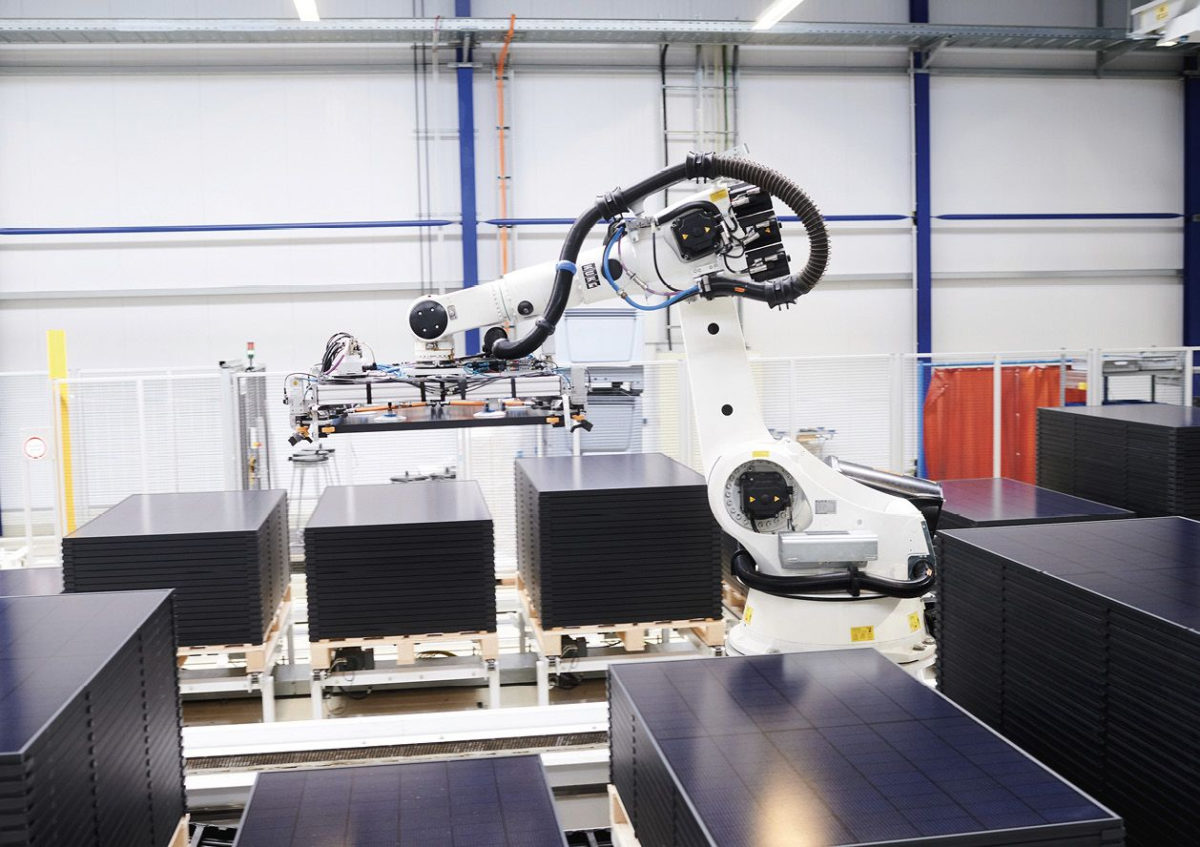Verbandes Deutsches Maschinenbau Anlage (VDMA), a German engineering association, said this week that it has obtained funding from Germany’s Federal Ministry for Economic Affairs and Climate Action for a study on the most effective way to re-establish supply chains for the entire PV industry in Europea.
The study is to be led by VDMA, along with PV factory experts RCT Solutions and research institute ISC Konstanz. They are calling on other industry stakeholders in Germany and Europe to participate in the study, which they plan to kick off with an extensive workshop to be held during the Intersolar Europe exhibition and conference in Munich in June.
“Germany is in a position to set up large-scale, fully integrated production immediately. Even if this requires investments in the billions,” says Wolfgang Jooss, CTO of RCT Solutions. “Currently, over 90% of solar components are manufactured in Asia. But we have shown with large-scale projects in Turkey and India that, given the right framework conditions, the industry with the entire value chain can emerge anew.”
Europe and Germany, in particular, were among the regions hardest hit by the need to quickly reduce reliance on gas supplied by Russia. The European Union has reacted to with plans to bring some manufacturing of clean energy technologies back to the region, but these actions have been criticized by many as too little. With ambitious PV manufacturing plans moving ahead in other regions – the United States and India, in particular – critics say that Europe risks being left behind.
The German study aims to analyze the entire PV supply chain and work out the fastest ways to establish an entire ecosystem, including supply chain materials, manufacturing, research and development and qualified personnel. Producing competitive, high performance products, and establishing CO2 neutral operations will also be priorities.
pv magazine print edition
The study’s leaders note that Germany was formerly a market leader in solar manufacturing, and its universities and research institutes maintain a strong position in the research and development side of the industry, which should leave it well placed to once again establish itself in manufacturing these technologies at scale.
“All important innovations in the modern crystalline silicon solar energy come from Germany,” says Radovan Kopecek, head of research at ISC Konstanz. “The research institutions here are working on the technologies of today and tomorrow. It is the dream of all of us to have large factories here again where these developments are used and further developed.”
This content is protected by copyright and may not be reused. If you want to cooperate with us and would like to reuse some of our content, please contact: editors@pv-magazine.com.




By submitting this form you agree to pv magazine using your data for the purposes of publishing your comment.
Your personal data will only be disclosed or otherwise transmitted to third parties for the purposes of spam filtering or if this is necessary for technical maintenance of the website. Any other transfer to third parties will not take place unless this is justified on the basis of applicable data protection regulations or if pv magazine is legally obliged to do so.
You may revoke this consent at any time with effect for the future, in which case your personal data will be deleted immediately. Otherwise, your data will be deleted if pv magazine has processed your request or the purpose of data storage is fulfilled.
Further information on data privacy can be found in our Data Protection Policy.